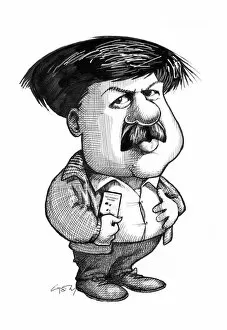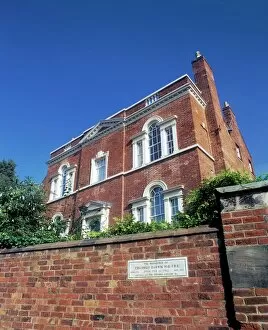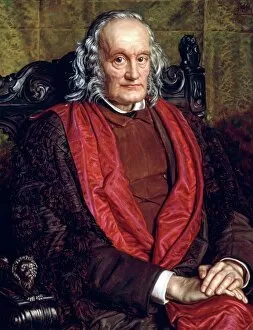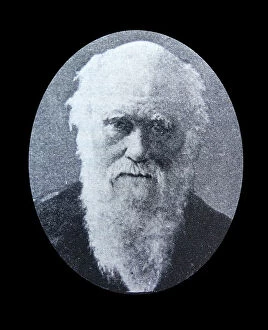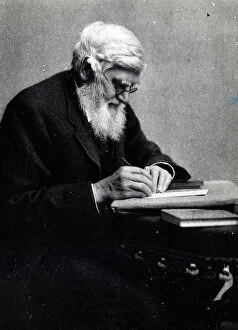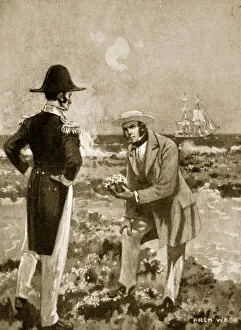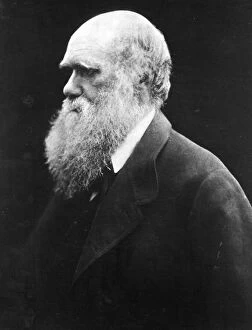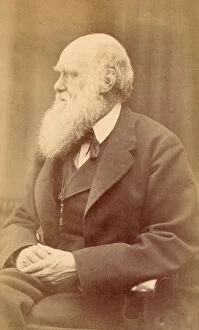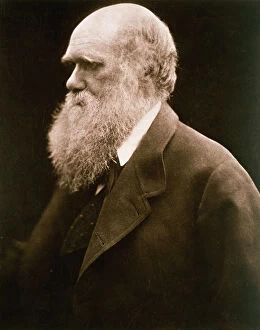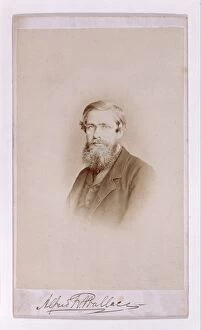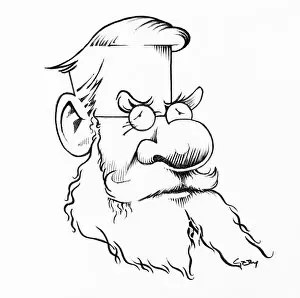Evolutionary Theory Collection
Evolutionary theory, a groundbreaking concept in the field of biology, has been shaped by numerous influential figures throughout history
For sale as Licensed Images
Choose your image, Select your licence and Download the media
Evolutionary theory, a groundbreaking concept in the field of biology, has been shaped by numerous influential figures throughout history. One such figure is Stephen Gould, an esteemed US paleontologist whose contributions have greatly enriched our understanding of evolution. Another significant location associated with this theory is the Erasmus Darwin House, which stands as a testament to the legacy of Charles Darwin's evolutionary ideas. Richard Owen, a British paleontologist, also played a pivotal role in advancing evolutionary theory. His work and discoveries further solidified the scientific community's acceptance of this revolutionary concept. Alfred Russel Wallace, captured in a captivating black and white photograph from around 1910, was another prominent figure who independently arrived at similar conclusions about evolution. The journey towards formulating evolutionary theory was not without its exciting moments. In one instance depicted through lithography, we witness Charles Darwin discovering an intriguing specimen that would contribute to his groundbreaking research. This momentous occasion exemplifies the curiosity and dedication that fueled Darwin's exploration into natural selection. Charles Darwin himself remains synonymous with evolutionary theory due to his seminal work "On the Origin of Species. " The title page of this iconic book serves as a symbol for the profound impact it had on shaping our understanding of life on Earth. Furthermore, glimpses into Darwin's personal life can be seen through photographs capturing him at various stages in his career and during different periods in his life. Darwin's study at Down House provides us with insight into where he conducted much of his research and contemplation on evolution. This engraving from 1882 offers a glimpse into the environment that nurtured some of humanity's most transformative scientific ideas. To fully appreciate how far we have come in comprehending evolution, it is essential to acknowledge earlier thinkers like Comte de Buffon—a French naturalist whose contributions laid crucial groundwork for future developments within this field.

